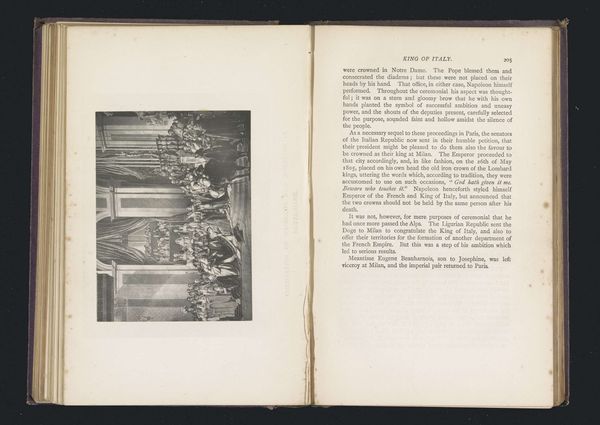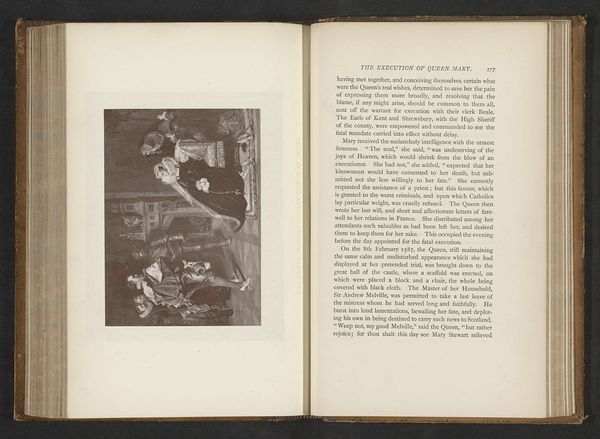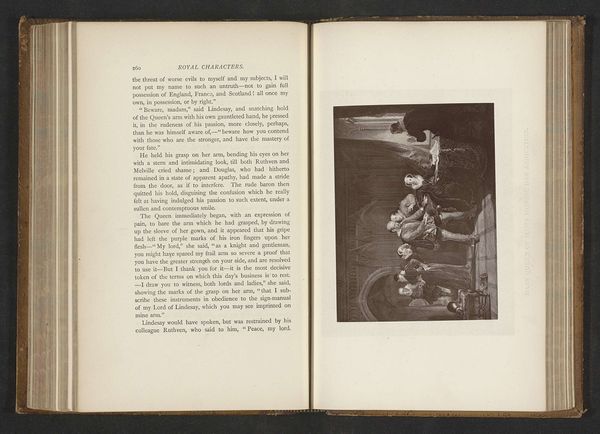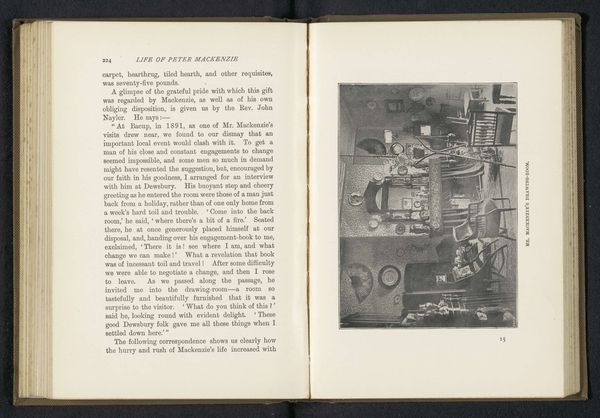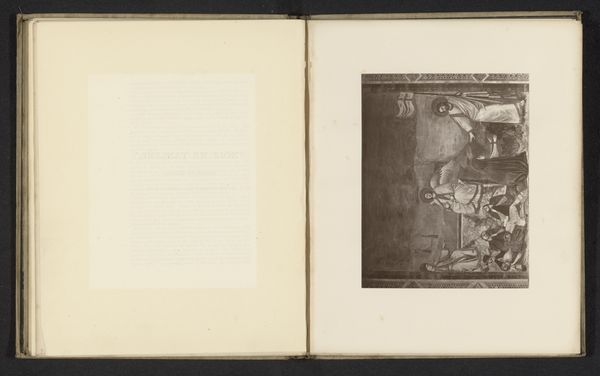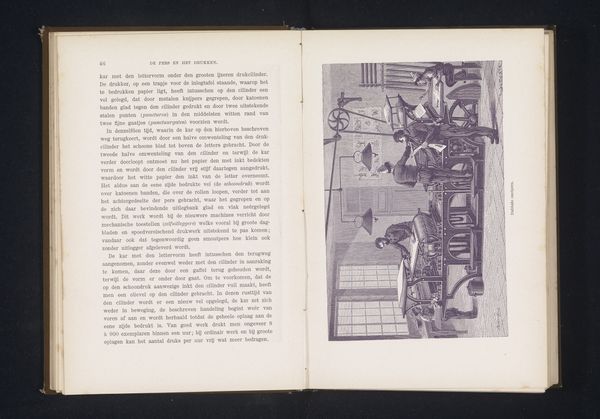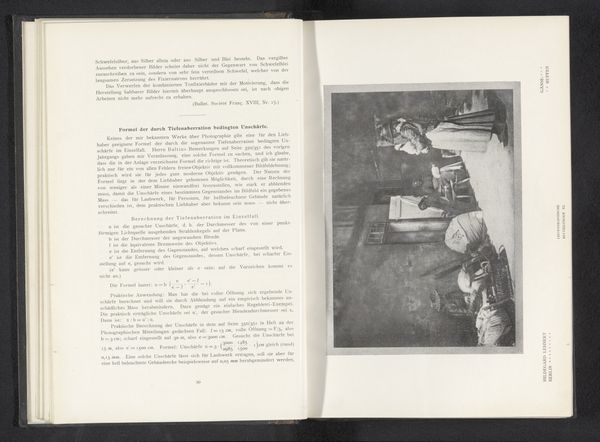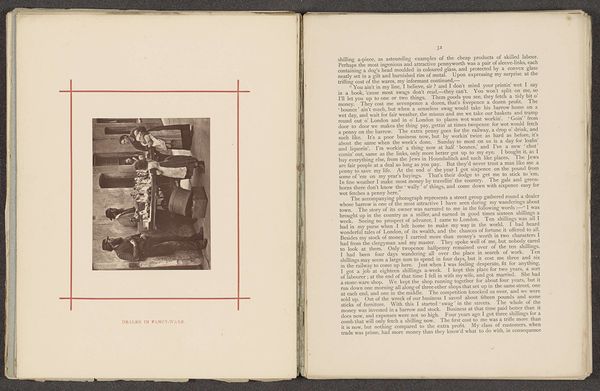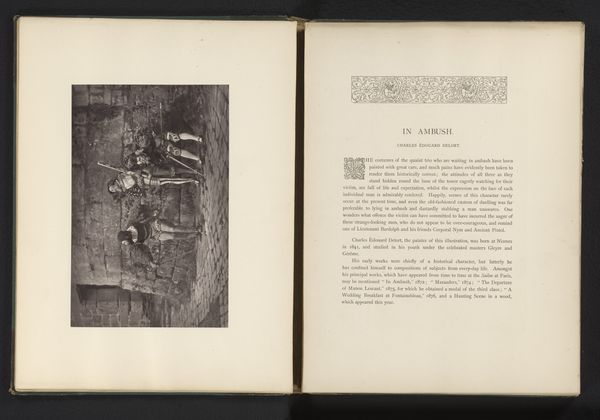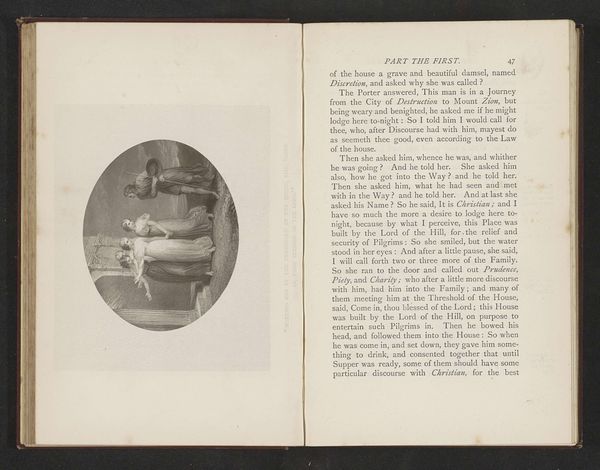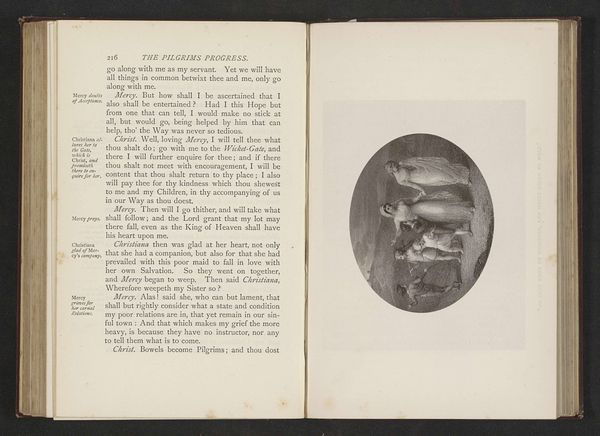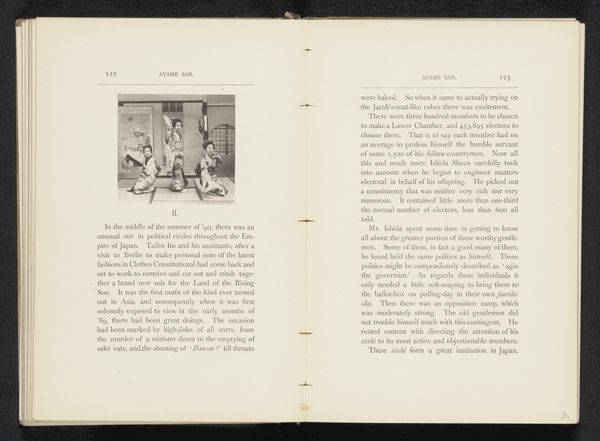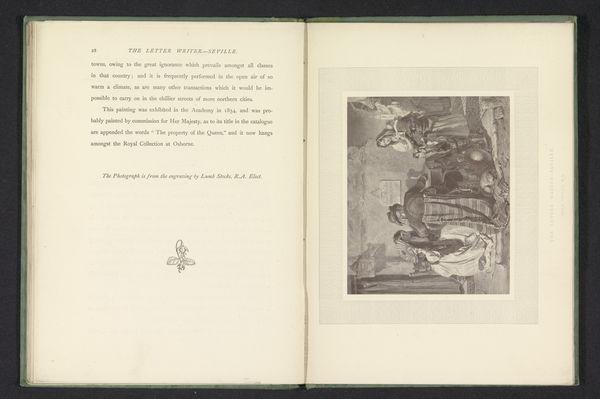
Dimensions: height 85 mm, width 117 mm
Copyright: Rijks Museum: Open Domain
Curator: This engraving, dating from before 1885 and currently held at the Rijksmuseum, is titled "Cromwell dispersing the Long Parliament." Editor: It feels… chaotic. A swirl of bodies and pikes, tumbling figures. Definitely a moment of upheaval captured in print. The use of light and shadow heightens the drama. Curator: Indeed. What we're witnessing is an imagined scene of Oliver Cromwell's forceful dissolution of the English Long Parliament in 1653. While it resembles Baroque artwork with the strong contrasts, this piece’s existence as an engraving complicates notions of how artwork was received, especially historical events like this. Editor: Engravings made history accessible to a broader audience. This one emphasizes Cromwell's aggressive act. The visual language positions the Parliamentarians as literally overturned by military might. It raises questions about whose perspective is being amplified and how. I see a direct intersection with contemporary discussions about power, legitimacy, and the potential for authoritarian overreach. Curator: The social and political contexts are key. Remember the Long Parliament, initially convened to curb royal power, had become increasingly unpopular itself. Cromwell, frustrated by their inaction and perceived corruption, acted decisively. The image reinforces the complex public view on Parliament in its waning moments. The engraving serves not just as documentation but participates in ongoing political debates, highlighting themes of legitimacy. The Rijksmuseum, its current location, frames it within that complex story of Dutch-British relations and shared Republican histories. Editor: Exactly! Museums like the Rijksmuseum play a crucial role. This image isn't simply "history"; it's a constructed narrative presented for our consumption. How might this scene resonate with individuals today? What anxieties or critiques of our own governing bodies are projected onto this image? Thinking about that intersection of the historical moment with modern sentiments brings out the work’s lasting impact. Curator: Seeing its endurance helps understand its multiple layers of impact—it goes far beyond the visual components. Editor: For sure, reflecting on these intersections—history, gender, class, power—broadens and deepens one's grasp of the narrative's significance and prompts crucial thinking.
Comments
No comments
Be the first to comment and join the conversation on the ultimate creative platform.
